From the Atlantic to the Pacific, much is made about the world’s biggest oceans. And while it’s true that these unfathomably vast water bodies contain some of our most beloved marine animals, it’s important not to overlook smaller oceans which are, themselves, teeming with life.
That’s right, what oceans like the Indian and Southern lack in stature they more than make up for in biodiversity. And nowhere is this truer than the Arctic Ocean, whose rich ecosystems are seemingly at odds with its status as the smallest ocean in the world.
So, to pay homage to this compact yet crowded sea, we’re shining a light on the Arctic Ocean in all its splendour. We’ll give you an idea of how it stacks up against its big cousins, and why, despite its comparably small proportions, this is still considered one of the most precious marine regions on the planet.
Let’s dive in.
How big (or small) is the Arctic Ocean?
OK, so the first thing you need to know is that the Arctic Ocean is actually pretty big – well, very big in fact. Oceanographers place its size at around 5.4 million square miles, which is roughly one and a half times bigger than the US – and 57 times bigger than the UK!
So, the Arctic Ocean is no slouch in the size department. But that’s until you compare it to some of its oceanic counterparts, not least the Atlantic and the Pacific which come in at 41 million square miles and 60 million square miles respectively.
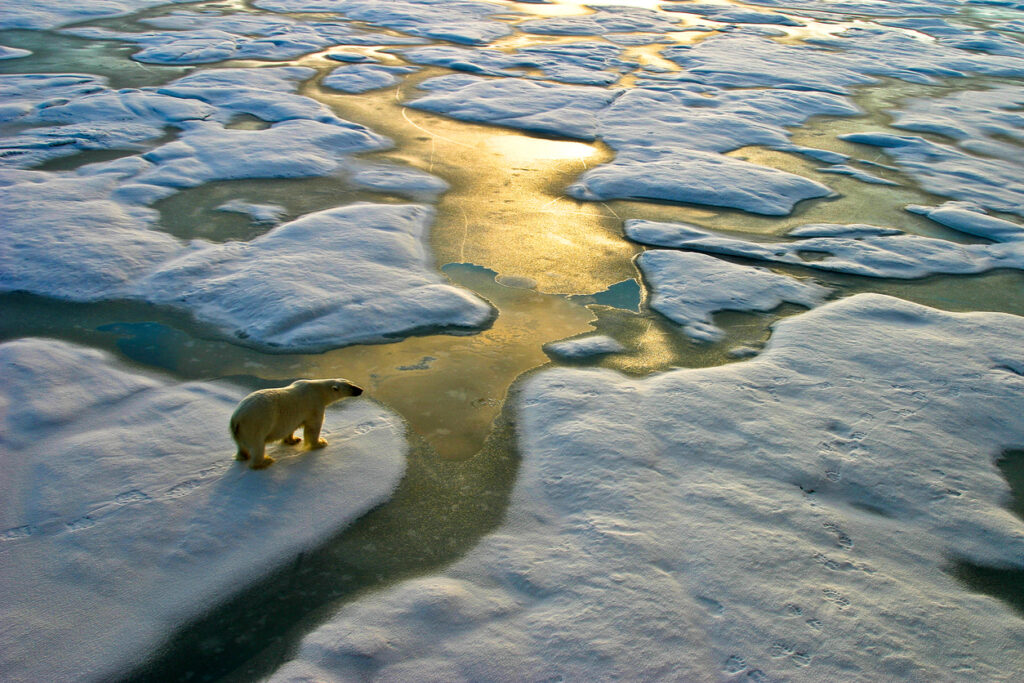
To put these size differences into perspective, it’s worth pointing out that the Arctic Ocean would fit inside the Pacific Ocean 12 times. And that’s before you even consider the differences in depth and water volume, of which there’s an eye-watering contrast.
Perhaps the best way to highlight the size differences between the world’s oceans, though, is by looking at the volume of water they account for on a global scale. Here’s a quick table to demonstrate what we mean…
| Ocean | Water volume (by % of world ocean) |
| Pacific Ocean | 46.6% |
| Atlantic Ocean | 23.5% |
| Indian Ocean | 19.5% |
| Southern Ocean | 6.1% |
| Arctic Ocean | 4.3% |
Startling stuff, right?
Of course, size isn’t everything, and despite being over 10 times smaller than the Pacific, the Arctic is no less ecologically valuable. We’ll come on to what makes the Arctic Ocean so precious in the section below.
What animals live in the Arctic Ocean?
What’s so impressive about the biodiversity of the Arctic Ocean isn’t so much the number of species that live there, but the fact that there are dozens of animals native to the Arctic that aren’t found anywhere else.
What like? We hear you ask. Let’s take a look…
Polar bear
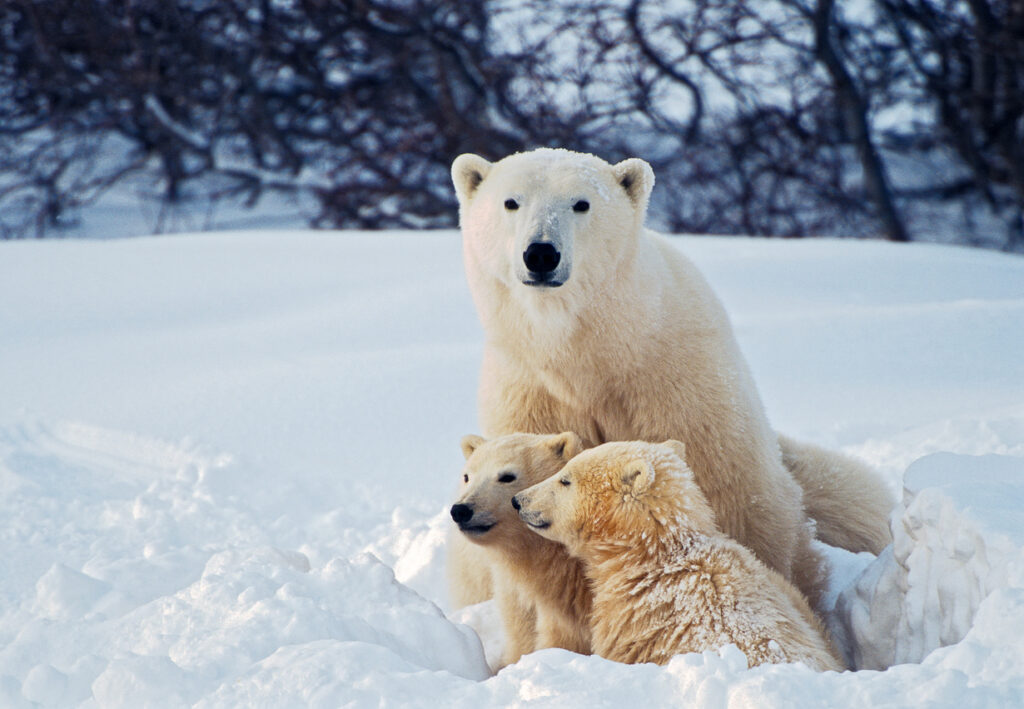
Think Arctic, think polar bear. These iconic creatures are synonymous with the ice flows and glaciers of the Arctic Ocean, where they spend most of their lives not on land, but on sea ice. Surviving predominantly on seals, these huge bears have been known to hunt larger prey too, including beluga whales. Sadly, their numbers are in decline due to rapid habitat loss – a similar story for many species of the Arctic.
Narwhal
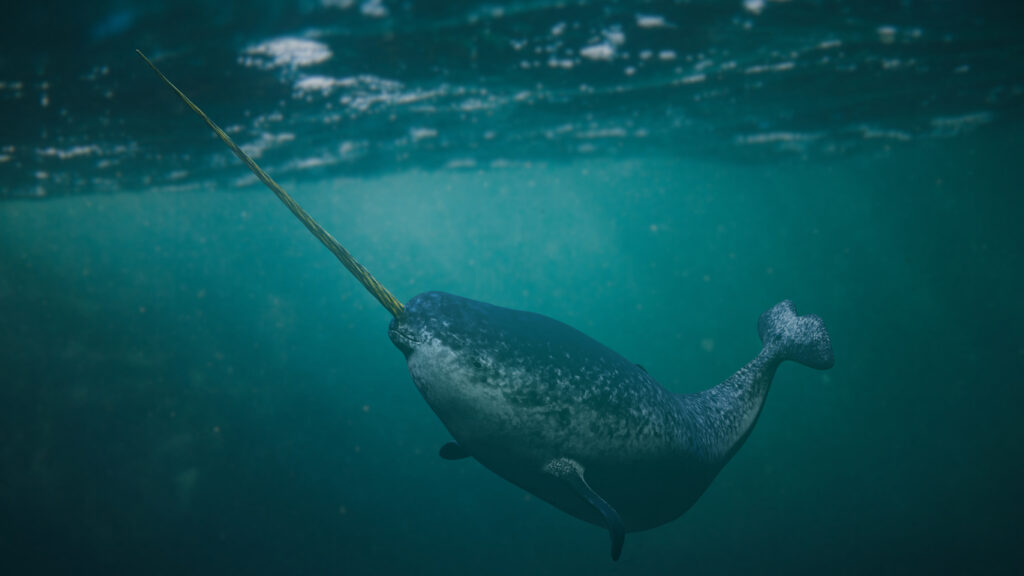
Nicknamed the ‘unicorns of the sea’ for obvious reasons, narwhals have long been associated with the icy wilds of the Arctic Ocean. These medium-sized, group-dwelling whales spend much of their lives in the Arctic Ocean and rarely migrate, unlike some of their counterparts. Historically, narwhals faced unprecedented persecution due to the value of their tusks, but their numbers have since recovered, though they do face the continued threat of climate and habitat change.
Beluga whale
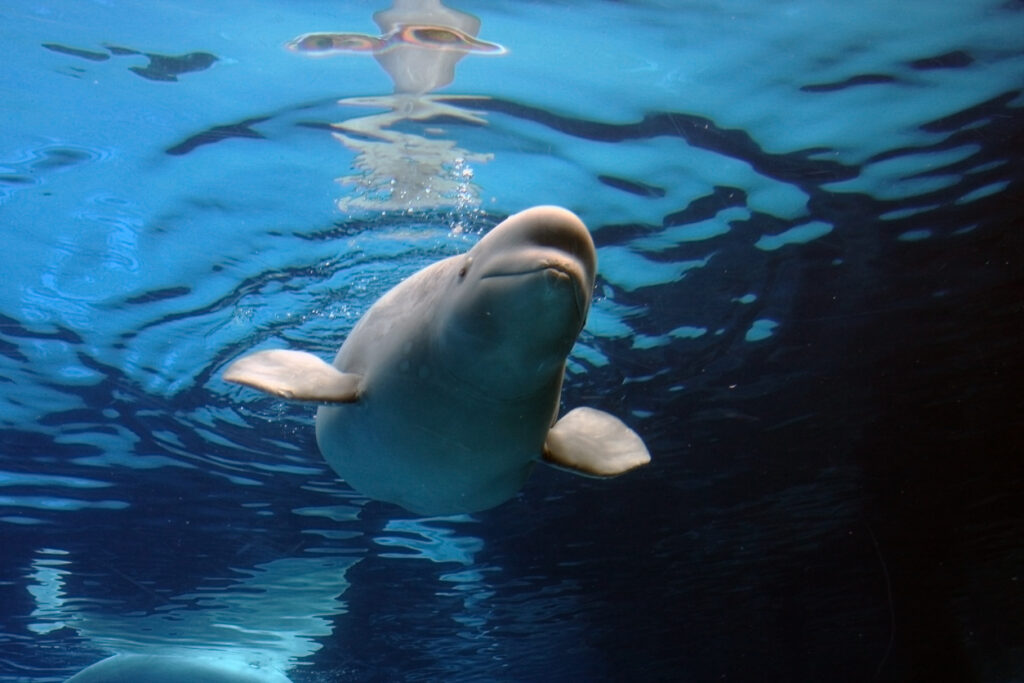
Another whale that’s native to the Arctic Ocean and quite unlike any other whale species on the planet is the beluga. These whales are similar in size and behaviour to their distant relatives, the narwhal, but instead of tusks, they’ve evolved to have bright white skin. This serves as camouflage, allowing beluga to evade predators like polar bears and killer whales, which find it difficult to spot them against the snowy backdrop.
Bowhead whale
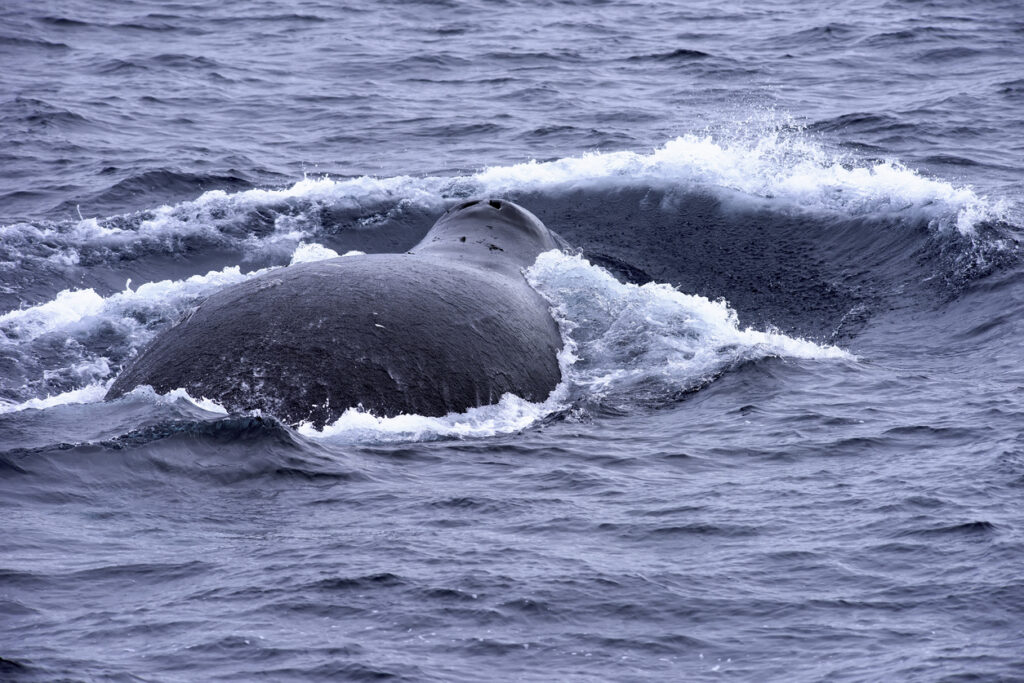
Overshadowed by their orca, beluga and narwhal cousins, bowhead whales don’t always get the attention they deserve. Did you know, for instance, that this is the second-largest whale on the planet, capable of growing up to 20 metres in length? Or that they have the largest mouths of any whale (including the blue whale), which they use to vacuum up over 100 metric tons of crustaceans every year? Perhaps not. What’s also interesting is that, despite their huge size, bowhead whales are not migratory, and will instead spend their entire lives within the Arctic Ocean.
5 Arctic Ocean Bonus Facts
Size, animals, and biodiversity aside, what else should you know about the world’s smallest ocean, the Arctic? Here are some additional facts that might just blow your mind.
- The deepest point of the Arctic Ocean is 5,450 metres, 5,572 metres shy of Challenger Deep, which lies at a mind-bending depth of 11,022 metres.
- The surface temperature of the Arctic Ocean is around -2°C all year round – any takers for a quick dip?
- In Churchill, Canada, a town on the edge of the Arctic Ocean, there are more polar bears than people. In fact, residents keep their car doors unlocked so that those fleeing a bear have an easy escape route!
- Six countries border the Arctic Ocean, including Canada, Russia, Norway, Iceland, Denmark, and the US. That’s only one less than the entire Pacific, which borders seven.
- In summer at the edge of the Arctic Ocean, the sun doesn’t set for 30 days. And the further north you go, the longer the sun stays high in the sky, maxing out at 187 days at the North Pole.
We’re sure you’ll agree that though it may be small in size, the Arctic delivers big on natural beauty and amazing wildlife. Sound a little too cold for you? Come on down to Blue Reef Aquarium Portsmouth, where you can get up close to spectacular marine life without the risk of frostbite. Tap to start planning your next visit.
